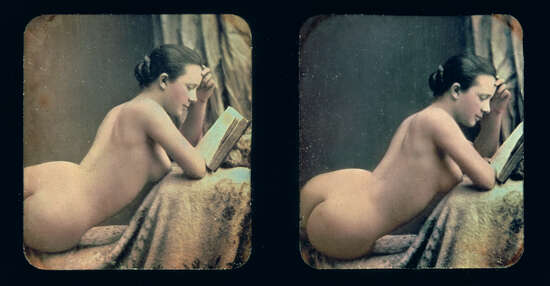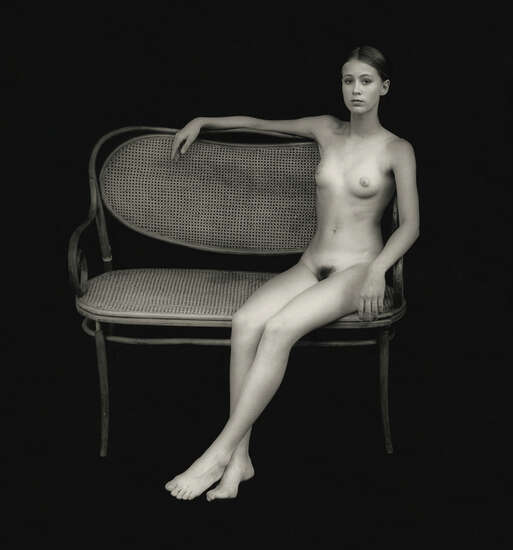READY TO HANG
Out of the box, all LUMAS artworks are ready and easy to hang.
SECURELY PACKAGED
LUMAS works are always packed to the highest standard to make sure it arrives as perfectly as it leaves us.
ARTIST SUPPORTED
Your purchase supports the free and independent work of your favorite artist.
14 DAY RETURNS
Easy 14 day returns to make sure you are satisfied with every purchase.
BACKGROUND INFORMATION
Auguste Bruno Braquehais (1823-1875) initially worked as a lithographer in Caen before marrying Laure Mathilde, the daughter of Alexis and Marie Gouin, and establishing himself in 1850 as a photographer in Paris, with a studio at Place de la Madelaine. Before making history with his outstanding photographs of the Parisian Commune, the first historical event to be photographically documented and thus considered the birth of journalistic photography, he created remarkable portraits, pursuing the his father-in-law’s stereoscopic tradition of nude photography with an increased theatrical flair. Even the exquisite coloration can be tied in with the quality of the Gouin studio, since the studio was presumably taken over by Laure Mathilde in 1852. After the death of his father-in-law, he joined the atelier and took over the responsibilities for his wife and mother-in-law maintaining the same quality standards that the Gouin studio had always displayed and carried far beyond the photograph as inflated commodity.
Stereoscope Photos
Only a few years after the invention of photography, researchers set about considering the well-known connection between viewing distance and spatial perception, from the era of Euclid in 4 B.C., through the use of the new medium. A decade after Charles Wheatstone constructed the first apparatus for reflecting two separately photographed and then marginally offset images, which he called the stereoscope, David Brewster invented a camera with two parallel lenses to photograph images with a three-dimensional effect. That they wanted to perfect the optical illusion, and not only perplexing, detailed shapes, but rather the impression of space and depth, is easily understandable. Then there was the virtual inevitability that another drawback of two-dimensional photography was immediately eliminated: the lack of color. Since the investigation into color methods was still in its infant stages, they managed to tint black and white photographs. This bestowed many early stereoscope photographs with a special allure of pale pastels.Eventually, human vision was perfectly simulated. Instead of gray surfaces lying next to each other, which could be visualized as spacious simply because of visual experience, real three-dimensional perceptions, colorful bodies in space, were now available.Female nudes became one of the preferred genres. With these pictures, photographers could gloat in front of their painter colleagues and clearly visualize the “superiority” of their medium: stylistically at the height of the times, more precisely detailed than any paintings, painterly in the color treatment, and all that provided with such an effect that it prompted some to reach out and touch them.
Dr. Boris von BrauchitschVITA
1823 born in Dieppe, France 1850 worked first as a lithographer in Caen, then as a photographer in Paris 1867 His colored daguerreotypes and stereoscopes were typical for photography studios in this era. His work attracted interest at international exhibits in Paris. 1875 “The photographer of the Commune de Paris“ died in La Celle-Saint-Cloud, France





 No thanks, I would like to stay on this site.
No thanks, I would like to stay on this site. Yes, I would like to switch.
Yes, I would like to switch.